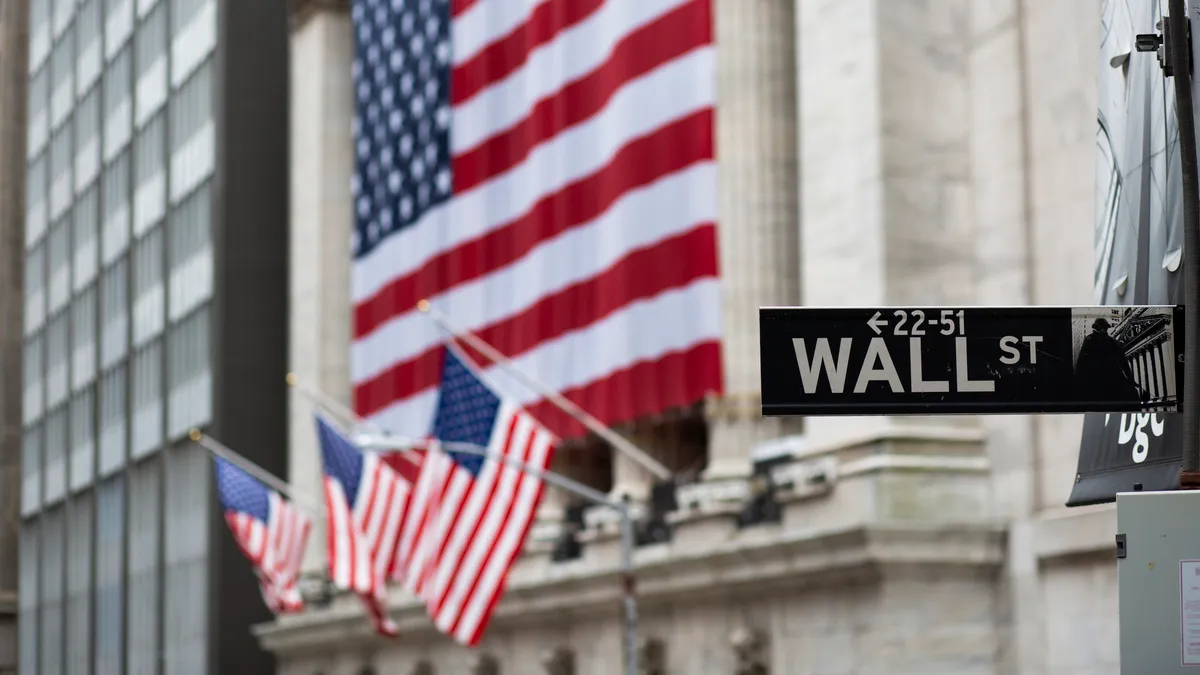Dive Brief:
- U.S. initial public offerings (IPOs) plunged 74% during the first nine months of 2022 compared with the same period last year, slammed by market volatility, inflationary pressure, surging interest rates and risks posed by COVID-19 and Russia’s invasion of Ukraine, EY said.
- “What we need is stability in the market,” Rachel Gerring, IPO leader in EY Americas, said in a statement. IPOs completed during 2021 — a record year across the Americas — “have severely underperformed in the aftermarket, significantly impacting companies’ desires to go public as they navigate ongoing market volatility.”
- The 83 U.S. IPOs during the first three quarters of this year raised $7.27 billion, or 94% less than during the same period in 2021 and the lowest rate of proceeds since 2003, EY said. Worldwide, IPOs during the first nine months of 2022 fell 44% to 992, generating $146 billion, or 57% less than the first nine months of last year.
Dive Insight:
CFOs today who push forward with an IPO face forecasts of recession and turbulence in stock markets. The Cboe VIX Index, a gauge of expected volatility in the Standard & Poor’s 500 Index, recently jumped to the highest level since June.
“Companies and investors continue to wait for a more stable and positive stock market sentiment before any sustained appetite for IPO activity re-emerges,” EY Global IPO Leader Paul Go said.
The market for IPOs and equities in general slumped during the first nine months of 2022 as the Federal Reserve, combating the highest inflation in nearly 40 years, withdrew stimulus at the most aggressive pace since the 1980s.
Policymakers have raised the federal funds rate by 3 percentage points this year and, in a policy known as “quantitative tightening,” have not replaced maturing debt on the Fed’s balance sheet. Each month $60 billion in Treasury securities and $35 billion in agency mortgage-backed securities roll off the central bank’s books.
In response, the yield on the benchmark 10-year Treasury note has surged more than 2 percentage points this year to 3.73% — close to its highest level in more than a decade.
Soaring inflation has prompted central banks in eight other advanced economies to increase interest rates by at least 1.25 percentage point during the past six months. Including the U.S., the economies generate half of global gross domestic product.
In the U.S., central bankers are in no hurry to reverse course and trim borrowing costs, Fed Vice Chair Lael Brainard said Friday.
“It will take some time for the full effect of tighter financial conditions to work through different sectors of the economy,” Brainard said in a speech.
“Monetary policy will need to be restrictive for some time to have confidence that inflation is moving back to target,” she said. “For these reasons, we are committed to avoiding pulling back prematurely.”
The Fed’s preferred measure of inflation — the core personal consumption expenditures price index — rose 4.9% in August compared with 4.7% in July, the Labor Department reported Friday.
“Inflation will come down, but I don’t expect its drop to be immediate nor predictable,” Richmond Fed President Tom Barkin said Friday in a speech.
“Our rate and balance sheet moves take time to bring inflation down, but the Fed will persist until they do,” Barkin said. “One of the key lessons [for policymakers] from the 1970s was not to declare victory prematurely.”
A recovery in IPOs hinges on more than just market and economic stability, Gerring said.
“We need IPOs to come out at reasonable valuations, price well relative to their ranges and drive strong aftermarket performance,” she said in an email response to questions.
“Preparation is critical and successful candidates must build business processes and infrastructure that is scalable,” Gerring said. “Preparation will build agility, allowing companies to capitalize the moment a market opportunity presents itself.”











